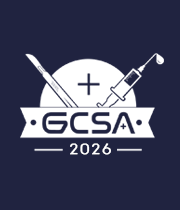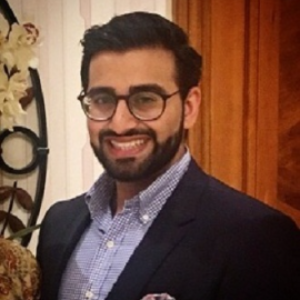Title : Compliance to new UK national British Orthopaedic Association (BOA) guidelines for management of pediatric forearm fractures
Abstract:
Background:
Paediatric forearm fractures are a common presentation to orthopaedic services, and account for 40% of all pediatric fractures. Neurovascular status of the limb should be assessed and documented clearly on presentation, as well as before and after any intervention, as this is vital for the early detection of neurovascular compromise. Our aim was to assess the management of Paediatric Fractures in our Hospital trust with BOA standards of practice as published on May 2021. We looked at several standards including: Clinical documentation of the neurovascular status of the injured limb (on initial presentation, pre- and post- fracture manipulation and on discharge), documentation of Trauma Consultant Review within 48hours of presentation and place of fracture manipulation (if required).
Study Design & Methods:
We registered our audit with the Audit Department of Sandwell and West Birmingham Hospitals. Paediatric patients presenting with forearm fractures were identified from Trauma Take Lists from June to September 2022. We included Skeletally immature patients seen in Emergency Departments following an angulated (but not off-ended) forearm fracture. Orthopaedic clerking notes for these patients were identified and examined for compliance with the standards for practice for early management of paediatric forearm fractures set out by British Orthopaedic Association (BOA), with particular emphasis on a complete neurovascular documentation of radial, ulnar, median nerves, capillary refill time and radial pulse.
Results:
A total of 35 paediatric patients with diagnosed forearm fractures were identified over a period of 3 months from the Trauma take lists, 5 of these did not meet our inclusion criteria. Average time until the patient was assessed by T&O after referral by ED was 2 hours and 3 mins. Of the 30 paediatric patients included, not a single patient had neurovascular status documented as per BOAST guidelines on initial presentation OR prior to discharge. 15 of the 30 paediatric patients had a documented consultant review in their notes within 48 hours of presentation. 100% of patients who underwent manipulation had pre and post manipulation x-rays taken
Conclusions:
In paediatric forearm fracture patients, a specific neurovascular status documentation by orthopaedic clinicians was woefully poor. Likely reasons for this include low importance/ lazy documentation, a lack of education on the specificity of recent BOAST standards and inadequate examination. In view of these alarming results, we presented these findings at local departmental meetings and designed a bespoke clerking proforma as a tool for clerking teams to ensure adequate neurovascular documentation is completed. We have started to design a protocol, as agreed by the Emergency Department and the Trauma and Orthopaedics Department, for the management of paediatric forearm fractures which will include: Designated place of assessment, first line analgesia, appropriate investigations, designated place for fracture manipulation including availability of sedation/analgesia, and finally place of follow-up.
We intend to carry out the second loop of this audit following the above interventions in 3-6 months time, with the aim of meeting 100% compliance with BOAST guidelines.
Audience Takeaway Notes:
• Surgical guidance for transcription of operative notes
• Does clarity of operative notes have an impact on correct VTE choice and prophylaxis timing
• Does clarity of operative notes have an impact on correct antibiotics choice and prophylaxis timing



